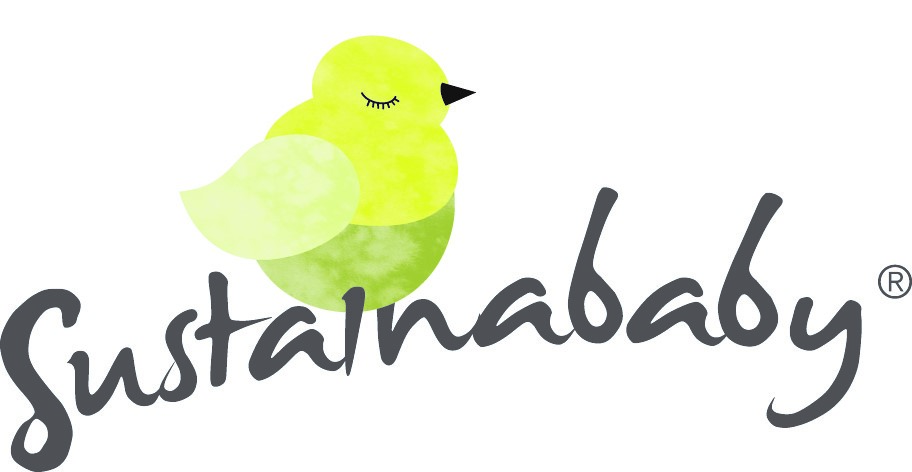The Birth of Green Parenting
By: Laura Trotta B.Eng (Env), MSc (Env)
Green parenting, eco parenting, natural parenting. Call it what you will, but like planking and texting, these terms simply didn’t exist three generations ago. Back then, the home thrift skills learned during the Great Depression ensured that green parenting was the norm.
Somehow between then and now, the influx of products to make our lives more convenient has also made our lives more wasteful. Disposable nappies and wipes, baby food jars, formula tins and cheap plastic toys are all consumed in astronomical daily quantities. Common products used in and around the home expose our children to chemicals early in their lives. Our family budgets and the health of our children and environment are paying the cost of this throw-away culture.
Improved environmental awareness, and perhaps the GFC thrown in there for good measure, has provided catalyst for the growing trend towards green parenting, and what perfect timing. With Australia’s birth rate hitting a record 296,600 births in 20081, the need for a shift towards eco parenting is now.
For those unfamiliar with the term, green parenting is simply rearing a child or children with consideration of the environmental impacts. Green parents may be more likely to use cloth nappies, make their own baby food (often from home-grown produce), breastfeed where possible, wear their baby in a sling or carrier, dress their children in natural fibres (including second hand or handmade clothing), actively reduce their children’s exposure to chemicals and rely less on a large quantity of toys to entertain baby.
Over time Sustainababy will continue to take a look at many of the everyday aspects of parenting and endeavour to provide some eco-friendly alternatives. See how you go at incorporating some of these ideas into your lifestyle. You may be pleasantly surprised at the positive impact on your family’s finances and health!
As published in The Monitor Newspaper, 8 June 2011.
References:
1. Australian Bureau of Statistics website http://www.abs.gov.au/ausstats/abs@.nsf/Products/F57D30403E4EBD9BCA2577CF000DEFBD?opendocument
